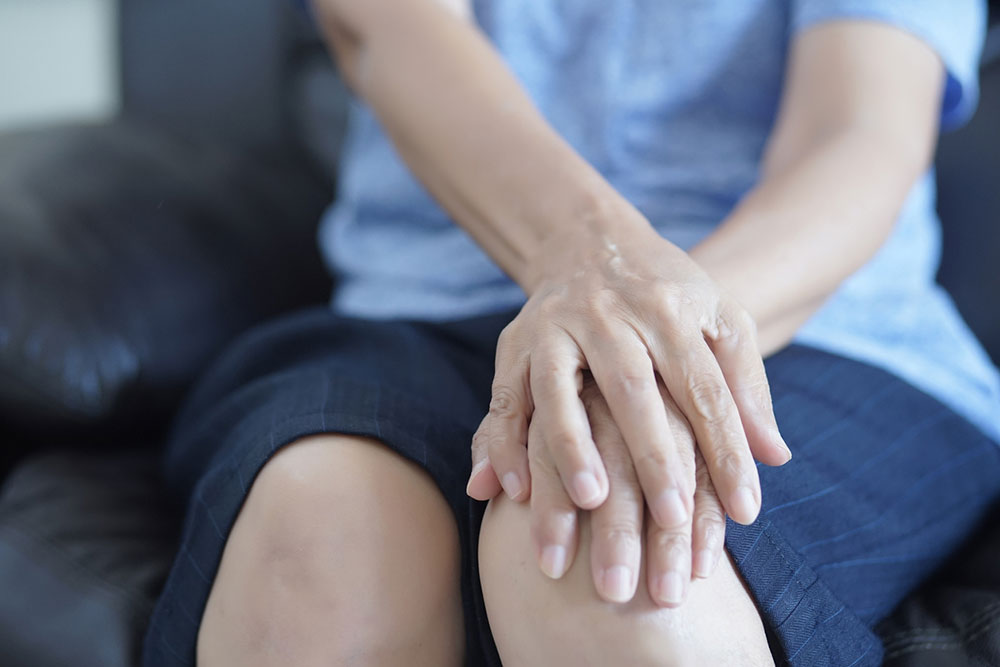
Osteoarthritis of the knee is a common and painful condition that affects many Americans over the age of 45. Essentially, the articular cartilage — cushion — in the knee joint wears down and erodes to the point that the knee’s mobility is compromised.
“When that happens, we have decreased range of motion and stiffness,” says Dr. Vandit Sardana, a board-certified, fellowship-trained orthopedic surgeon at Beaufort Memorial Orthopaedic Specialists. “We have less range of motion, a grinding sensation when we move the knee, and swelling or fluid in the knee.”
These problems lead to inflammation, which the knee tries to remedy by creating fluid in an effort to lubricate itself. Sometimes, says Dr. Sardana, you'll also experience instability.
“If you wear down the bone and the articular cartilage within the bone, that creates extra play in the knee,” he says. “You might notice with certain maneuvers like pivoting feels like your knee shifts out of place, or it doesn't feel secure to you.”
That extra play puts you at an increased risk of falling. But all knee pain doesn’t point to osteoarthritis. There are other types of arthritis, such as rheumatoid arthritis or osteonecrosis, where the bone loses its circulation and it can collapse over time and cause severe joint damage. In the case of bursitis, a fluid-filled sac called a bursa, which normally lubricates structures around the knee, can end up causing pain in the knee.
Sometimes, knee pain is referred from another part of the body, such as the back.
“You might have a pinched nerve in your lower back that’s causing pain around the knee area,” says Dr. Sardana. "Hip arthritis is another cause of knee pain. Some patients come in with a stack of knee X-rays and they're having knee pain. What you discover when you do your exam is that your hip doesn't move well. Their knee looks normal on the X-ray, and it turns out that it's really referred pain.”
Learn more about knee pain and treatment options at Beaufort Memorial.

